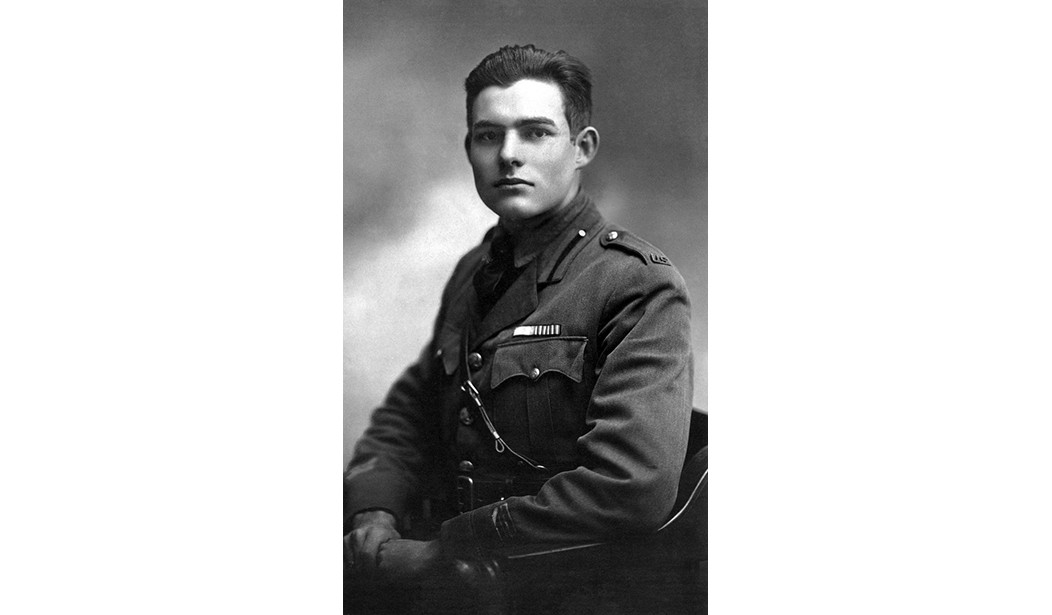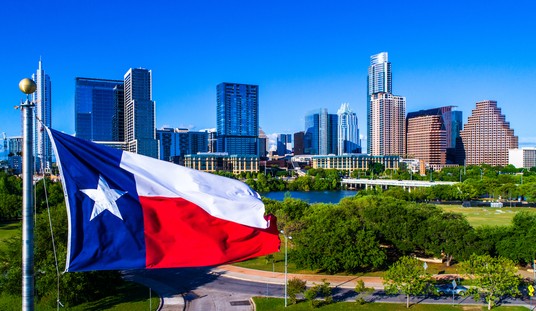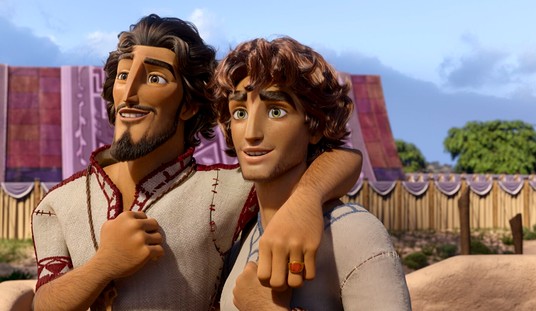Appearances Can Be Deceiving
The young fellow above doesn’t look like anything special, does he? A young man probably away from home for the first time, looking a little uncomfortable in his uniform, looking a little apprehensive about what lies ahead.
I have a pretty good idea of what that feels like, having been in much the same situation myself.
But this young man, while he may well have felt the way I have described when he posed for this photo, ended up being something else entirely. This is the young Ernest Hemingway, one of America’s greatest novelists, an adventurer, outdoorsman, and bon vivant, winner of a Pulitzer Prize and the Nobel Prize in Literature, one of my literary heroes and today’s Profile in Toxic Masculinity.
Origins
Ernest Miller Hemingway was born to Clarence Edmonds and Grace Hall Hemingway in Oak Park, Illinois, on July 21, 1899. Named for his paternal grandfather, young Ernest attended school in Oak Park, excelling in boxing, track, football, and water polo. He also took a journalism class and worked with the newspaper of his school, the River Forest High School.
As a youth, Hemingway spent summers with his family in their vacation home near Petoskey, Michigan. The home was called Windemere, and it was located on Walloon Lake. This setting was to have a great influence on the young man and would become the location for many of his later works, especially the semi-autobiographical Nick Adams stories. In this setting, he grew to love fishing, camping, and hunting, which avocations he would pursue throughout his life.
I’ve been to Walloon Lake. It’s a rather idyllic setting, even today: a quiet, medium-sized lake surrounded by the deep pine woods of the north. I would have liked to have spent more time there; it reminded me of the Boundary Waters canoe area, where I spent some time myself as a young man. On that same trip, my wife and I went up to Petoskey, where I drank a beer seated on a barstool that Hemingway reportedly occupied regularly as a young man.
From such humble beginnings came one of America’s greatest writers.
Hemingway wrote of those early days often, both literally and in his semi-autobiographical Nick Adams stories.
But Michigan wouldn’t contain the young Hemingway for long. While the environs of Michigan had ample opportunities for hunting and fishing, all things the young Hemingway enjoyed, there was a larger world out there for exploring.
His Adventurous Career
After graduating high school, the young Hemingway went to work for the Kansas City Star. That newspaper at the time had a brief style guide:
- Use short sentences.
- Use short paragraphs.
- Use vigorous English.
- Be positive.
It was this writing style that would characterize his work for the rest of his life.
With America’s entry into the Great War, young Ernest attempted to volunteer. He went in turn to the Army, the Navy, and the Marine Corps but was turned down due to poor eyesight.
Determined to get into action, in 1918, Hemingway answered an advertisement and ended up as a Red Cross ambulance driver on the Italian front. He arrived in Paris as the city was under bombardment from German artillery and moved quickly on to Italy, where one of his first tasks was removing body parts of civilian workers after a Milan munitions factory explosion, which incident he later described in "Death in the Afternoon."
On July 8th, Hemingway was hit in the legs by mortar fragments. Despite his wound, he refused immediate evacuation, instead moving to assist injured Italian soldiers to safety, for which action he was given the Italian Silver Medal of Bravery.
He was eighteen years old at the time.
Later, Hemingway again used his avatar of Nick Adams to describe his own return home in one of the best outdoor stories ever written. "The Big Two-Hearted River," interestingly, does not take place on the Lower Peninsula’s Two-Hearted River but rather on the You-Pee’s Fox River north of the town of Seney; one of my bucket list items is to fish that same stretch of river. In that story, Hemingway describes Nick’s first night in camp:
Out through the front of the tent he watched the glow of the fire when the night wind blew on it. It was a quiet night. The swamp was perfectly quiet. Nick stretched under the blanket comfortably. A mosquito hummed close to his ear. Nick sat up and lit a match. The mosquito was on the canvas, over his head. Nick moved the match quickly up to it. The mosquito made a satisfactory hiss in the flame. The match went out. Nick lay down again under the blankets. He turned on his side and shut his eyes. He was sleepy. He felt sleep coming. He curled up under the blanket and went to sleep.
After the war, Hemingway accepted a position with the Toronto Star Weekly, where he met and started a romance with his roommate’s cousin, Hadley Richardson. In time, the two married and relocated to Paris, which this time wasn’t under fire from German artillery. During the Paris years, Hemingway hung around with several other well-known literary and artistic figures, such as F. Scott Fitzgerald, Gertrude Stein, Ezra Pound, James Joyce, and Pablo Picasso. It was from this period that arose a famous and yet apocryphal exchange between Fitzgerald and Hemingway in which Fitzgerald observed, “…the very rich, they are different than you and I,” to which Hemingway supposedly replied, “Yes, they have more money.” His first son Jack (nicknamed “Bumby,” because why not) was born in 1923 and became father to some of Hemingway’s most famous descendants, the actors and models Margot and Mariel Hemingway.
See Related: Portrait of a Great American Entertainer: William Claude 'W.C.' Fields
Portrait of an American Hero: Theodore Roosevelt, the Hurricane Who Walked Like a Man
It was during this time in Europe that Hemingway first visited Spain, where he became interested in bullfighting; he also published his first successful book, "Three Stories and Ten Poems," and his first major novel, "The Sun Also Rises."
In 1927, Hemingway published his third work, "Men Without Women," divorced his first wife, Hadley, married his second wife, Pauline Pfeiffer, and moved to Key West, Florida. He announced that thereafter, he would never again live in a big city, which he never did.
For the next ten years, Hemingway split his time between Key West in the winter and Wyoming in the summer. He described Wyoming as “the most beautiful country I’ve seen in the American West,” and spent a considerable amount of time fishing and hunting deer, elk, and bear.
During this time, he wrote such works as "A Farewell to Arms," "Death in the Afternoon," and "The Green Hills of Africa," among others. With his wife Pauline, he embarked on an extensive African safari in 1933, which yielded much of the background for that latter book.
In 1937, Hemingway covered the Spanish Civil War for the North American Newspaper Alliance. After that, he sailed his yacht, the Pilar, to Cuba, where he lived for some time in the Hotel Ambos Mundos. While in Cuba, he was inspired (somehow) by a woman named Martha Gellhorn to write his most famous work, "For Whom the Bell Tolls," of which book I have a first edition on my bookshelf. This work, on publication, sold a half-million copies within the first year and resulted in Hemingway’s nomination for a Pulitzer prize. His success did not translate into his personal life, however; in 1939, he divorced his second wife Pauline and married Martha Gellhorn.
But in 1941, events unfolded that would see Hemingway on some of his greatest adventures.
His One-Man War
Hemingway had been fascinated by war and how men behave in war for most of his life. When the Great War Part Two broke out, he seized the opportunity to see the raw face of war up close and personal.
Traveling to London as a journalist, he flew several missions cross-Channel with the Royal Air Force. His wife Martha was forced to seek passage on a munitions ship to join him, which fazed Hemingway very little. While in London, he fell hard for an American correspondent for Time magazine, Mary Welsh. In 1945, he would finally divorce Martha Gellhorn and marry Mary Walsh, with whom he would spend the rest of his turbulent life.
But before that: In 1944, Hemingway wangled a spot on a ship bound for the Normandy landings. He was not permitted to go ashore until the second day, although he was within sight of the landings for some time aboard the ship Dorothea Dix.
When he finally was allowed ashore, Hemingway attached himself to the 22nd Infantry Regiment, commanded by Colonel Charles Lanham. On the drive to Paris, Hemingway befriended a small band of French partisan fighters in the small village of Rambouillet; he acted, as some of the American infantry claimed later, as their de facto commander until the liberation of Paris. One American infantryman, Paul Fussel, who would later become a well-known author himself, remarked that “…Hemingway got into considerable trouble playing infantry captain to a group of Resistance people that he gathered because a correspondent is not supposed to lead troops, even if he does it well.”
Ernest Hemingway was present at the liberation of Paris. He covered the vicious fighting in the Hürtgenwald where the U.S. First Army clashed with Walter Model’s 275th and 353rd infantry divisions. He was present at the Battle of the Bulge until a bout of pneumonia forced his evacuation.
His “leadership” of the French partisans in the summer of 1944 yielded unexpected fruit, as Hemingway was formally charged with a violation of the Geneva Convention for acting as a civilian partisan, but he was acquitted after insisting that he “only provided advice.”
The professionals in the American Army recognized Hemingway for his courage and his knowledge of military matters, and in 1947, he was awarded the Bronze Star for his courage and willingness to come under fire to cover the movements of the troops.
After the war, however, Hemingway’s life took a darker turn.
His Golden Years
After the war, Hemingway returned to Cuba. In 1950, an unconsummated affair with 19-year-old Adriana Ivanovich led to Hemingway’s writing and publishing of his novel "Across the River and Into the Trees," which was not well received; in a fit of pique, Hemingway produced the novella "The Old Man and the Sea," which finally netted him the Pulitzer Prize in 1952.
In those post-war years, Hemingway’s life continued to deteriorate. In 1954, during another African safari, he and his wife Mary narrowly escaped death in two plane crashes in as many days; these left Hemingway with a severe concussion. Later that year, he suffered burns in a brush fire. These injuries resulted in the author increasingly turning to alcohol.
In October 1954, Hemingway received the Nobel Prize in Literature, about which he remarked:
“…Writing, at its best, is a lonely life. Organizations for writers palliate the writer’s loneliness for I doubt they improve his writing. He grows in public stature as he sheds his loneliness and often his work deteriorates. For he does his work alone and if he is a good enough writer he must face eternity, or the lack of it, each day.”
This loneliness may have been one of the demons that plagued him in his final years. He moved to his home in Ketchum, Idaho, where he compiled his observations of Paris into the novel "A Moveable Feast." He grew increasingly paranoid, thinking that the FBI was monitoring him (they were.) In 1960, he underwent electroshock therapy in the Mayo Clinic, which did little good, and finally, in April of 1961, Hemingway took his favorite shotgun, a 12-gauge double (possibly a Browning Superposed, but that bit is unclear), from the safe and shot himself.
In "A Farewell to Arms," Hemingway wrote:
The world breaks everyone and afterward many are strong in the broken places. But those that will not break it kills. It kills the very good and the very gentle and the very brave impartially. If you are none of these you can be sure it will kill you too but there will be no special hurry.
Unfortunately, Hemingway was one of the ones the world killed.
He was an interesting man; he faced German bullets with great courage and produced many works that are still regarded as some of the best in American literature. But his own life was a train wreck; he could find happiness neither in marriage nor in his work. Success in a chosen field is not a panacea. If we learn nothing else from the life of Ernest Hemingway, we can learn that.















